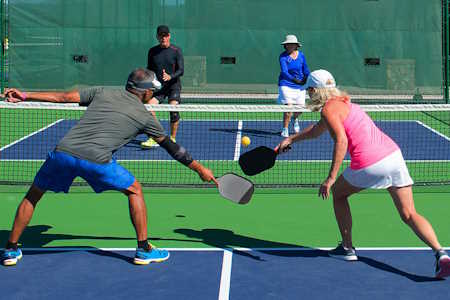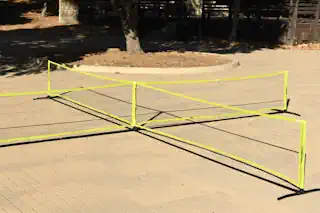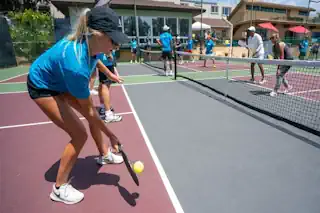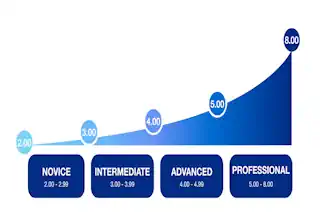Last Updated on March 18, 2024 by
Navigating the Court: Your Go-To Guide on Pickleball Rules
If you’re new to pickleball or a seasoned player looking to sharpen your understanding of the game, mastering pickleball rules is the first step towards enjoying every hit to its fullest. This simple guide is designed to walk you through the core rules of the game, ensuring that you have everything you need to serve, volley, and score like a pro.
Serving the Ball: The receiving team must let the ball bounce before returning, and the serving team must also let the ball bounce before returning.

Serve Technique: Volley serves and drop serves must be made underhand, and paddle contact with the ball must be below the server’s waist.
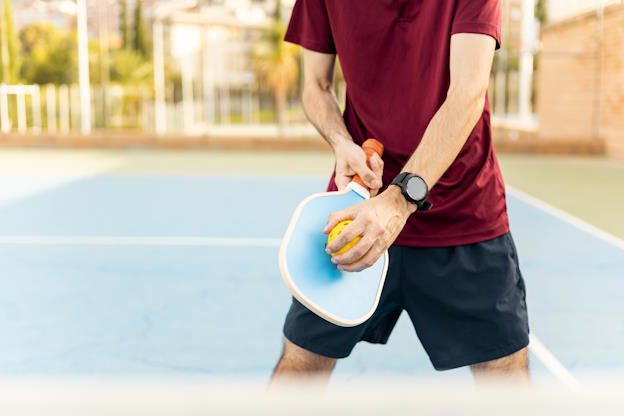
Serve Movement: The server’s arm must move in an upward arc when the ball is struck, and paddle contact with the ball must not be made above the waist level.
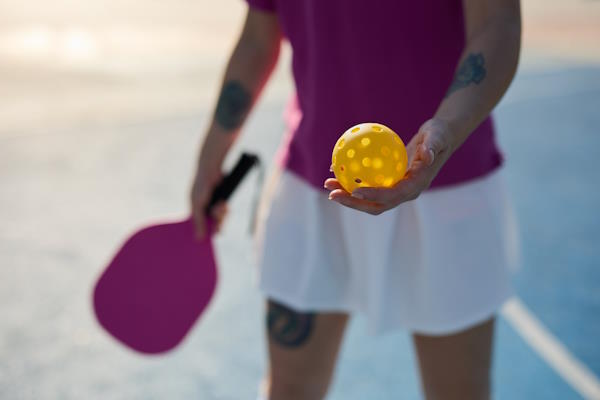
Serve Placement: The ball is served diagonally cross-court, and the serving team must keep their feet from touching the court or the sideline area.
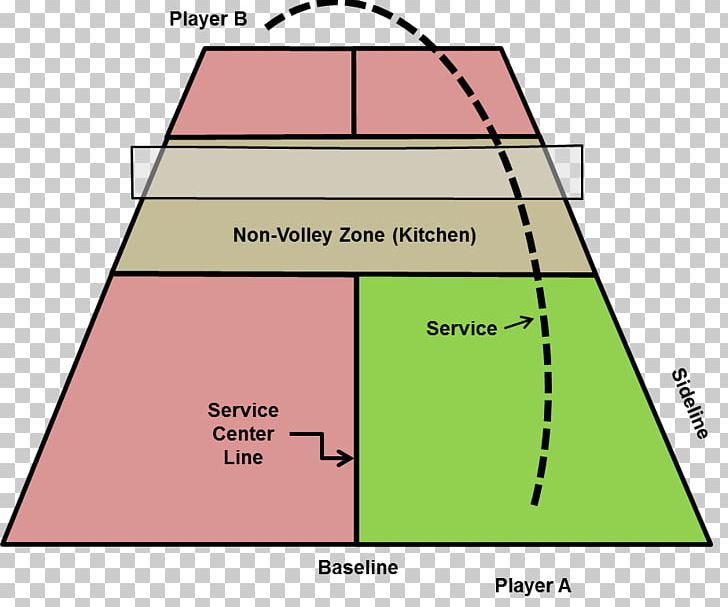
Scoring: Points are only scored by the serving team, games are generally played to 11 points, and a winning margin of 2 points is required.
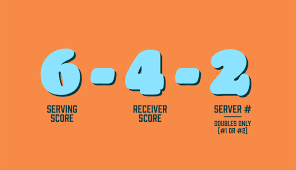
Kitchen Rule: Players are not allowed to volley the ball while standing within the kitchen (non-volley zone) unless the ball has bounced.

Out of Bounds: A ball is considered out of bounds if it lands outside the court boundaries. Landing on any lines marking the boundaries is considered to be in the team’s court.

“Serve it right and score big”
Serving Simplified: The serving player must stand behind the backline and deliver the serve to the diagonally opposite court, similar to tennis. But here’s the twist, it’s an underhand serve in pickleball, eliminating the need for aces and emphasizing rally and finesse over serving power.
Double Trouble: Unlike in tennis where a server gets two chances to serve, in pickleball, each player has only one try to make a valid serve. Furthermore, players on the serving team may decide who will serve for the first point, and after that, the right to serve switches to the opposing team. Therefore, after the first serve, the doubles team gets two faults before the serving side changes.
“Serving is the hot topic”
Basic Rules: There is a lot of discussion and change in the process of serving in the pickleball rules. For most of us everyday players it is enough to follow the items in the table above. But the new service rule(s) are a little more detailed.
Below the Waist: The most important point is the ball must be hit below the waist. Failing to to do this means the server loses the volley and play would then continue to the next player. Hence the opportunity for the serving team results in only one first serve.
Drop or Toss: The new rules specify when the server serves they must drop the ball and then make sure to hit the ball below waist level. The server can drop the ball from any height but the ball must be hit below the waist.
Spin or no Spin: The ball can be struck by the paddle to generate spin on the ball during the serve. Some players where spinning the ball on the paddle and then hitting the ball as the spinning ball fell. This is no longer a legal serve. Service passes to the next server.
Bounce or no Bounce: The ball is permitted to bounce on the court surface before the server hits the ball. After the bounce the ball may be hit by the paddle to produce spin and must be hit below waist level.
Where to Stand: To be successful the player must be behind the baseline and serve underhand. If the server is going to hit the ball after it bounces, the ball needs to bounce behind the baseline. Everyday play is not nearly as formal as tournament games.
“From Kitchen to Baseline – The Playfield of Strategy”
Kitchen Conundrums: Known as the non-volley zone, the kitchen is where things get truly interesting. This area spanning 7 feet from the net is a no-go touch zone for all players. It’s the ultimate challenge—how long can you keep the ball in play before a strategic mistake lands it there?
In the Kitchen: A player is permitted to step into the kitchen to return a ball that has bounced in the kitchen. However, if a player steps into the kitchen to return a volley that has not bounced then a fault occurs. The kitchen line becomes a non volley zone line if the ball has not bounced in the kitchen.
Double the Fun: If doubles play is your jam, keeping tabs on who serves after the first point can make all the difference in a game’s strategy. The player on the right side of the court will start serving for the team, and if the team wins the rally, the server diagonal from them will serve next.
“Scoring Points Without The Sweat”
Game Point: In pickleball, games are typically played to 11 points, but there’s a catch—you can only score a point if you serve. Essentially, you need to win the serve to score a point. Games must also be won by a two-point margin.
Breaking It Down: Serving again—yes, we’re doubling down on the serving importance. In doubles, when the first server hit two points, the serve switches to the opposing team. Points are scored by the serving team when the opposing team commits a fault (e.g., hitting the ball out of bounds).
Cross Court on the Serve: Don’t forget the server must be hit across the court and past the kitchen. With each serve the server switches sides. This can be a little confusing when serving doubles team for the next serve.
In a Nutshell
This rules summary is meant for the average person to play pickleball.
Pickleball rules and scoring may seem a bit daunting at first, but as with most games, the best way to learn is by doing. Take to the court and keep these fundamentals in mind to establish a strong pickleball foundation. Remember, at its core, pickleball is a social game that can be enjoyed by all ages and skill levels.
Whether you’re aiming for victory or just an afternoon of good company, these rules will ensure you step onto the court feeling confident and prepared. Happy pickling, and may your serves always be in your favor!
A break down of the official rules according the USA Pickleball Association will be next but if you can’t wait they can be found here.
Frequently Asked Questions (FAQs)
Can I step into the kitchen to hit a ball?
Absolutely, stepping into the kitchen is allowed but only if the ball bounces first. Remember, the non-volley zone rule prohibits volleying the ball (hitting it before it bounces) from within the kitchen, so make sure your feet are behind the line if you plan to volley!
Is there a special type of ball used for pickleball?
Yes, pickleball is played with a unique ball that’s slightly smaller than a wiffle ball. It has holes through it, which affects how it moves through the air. There are indoor and outdoor versions, so be sure to choose the right one for your play setting.
Can pickleball be played as singles?
Most definitely! While doubles is a popular way to play because of the fun and camaraderie it brings, singles pickleball offers a great workout and a faster pace of play. The serving and scoring rules remain the same, but it’s just you on your side of the court, honing your strategy and reflexes.
What should I do if the serve hits the net but lands in the correct service area?
In pickleball, this is called a “let” serve, and just like in tennis, it means the serve is done over with no penalty. If the serve touches the net but still lands in the proper service box, simply serve again.
How can I keep track of the score?
Keeping score in pickleball can be tricky at first, especially in doubles with the serve rotation. A good tip is to always announce the score out loud before serving, stating the serving team’s score first, then the receiving team’s score, and lastly, if you are the first or second server on your team during doubles play.
What’s the best way to practice and improve my game?
While understanding the rules is crucial, nothing beats practice. Try to play regularly, watch online tutorials or experienced players, and don’t be afraid to ask for tips from the pickleball community. Remember, every player starts somewhere, and the pickleball community is known for being welcoming and supportive.
We hope these FAQs have helped clear up some of the nuanced parts of pickleball. Remember, the most important rule is to have fun and enjoy the game. See you on the court!
